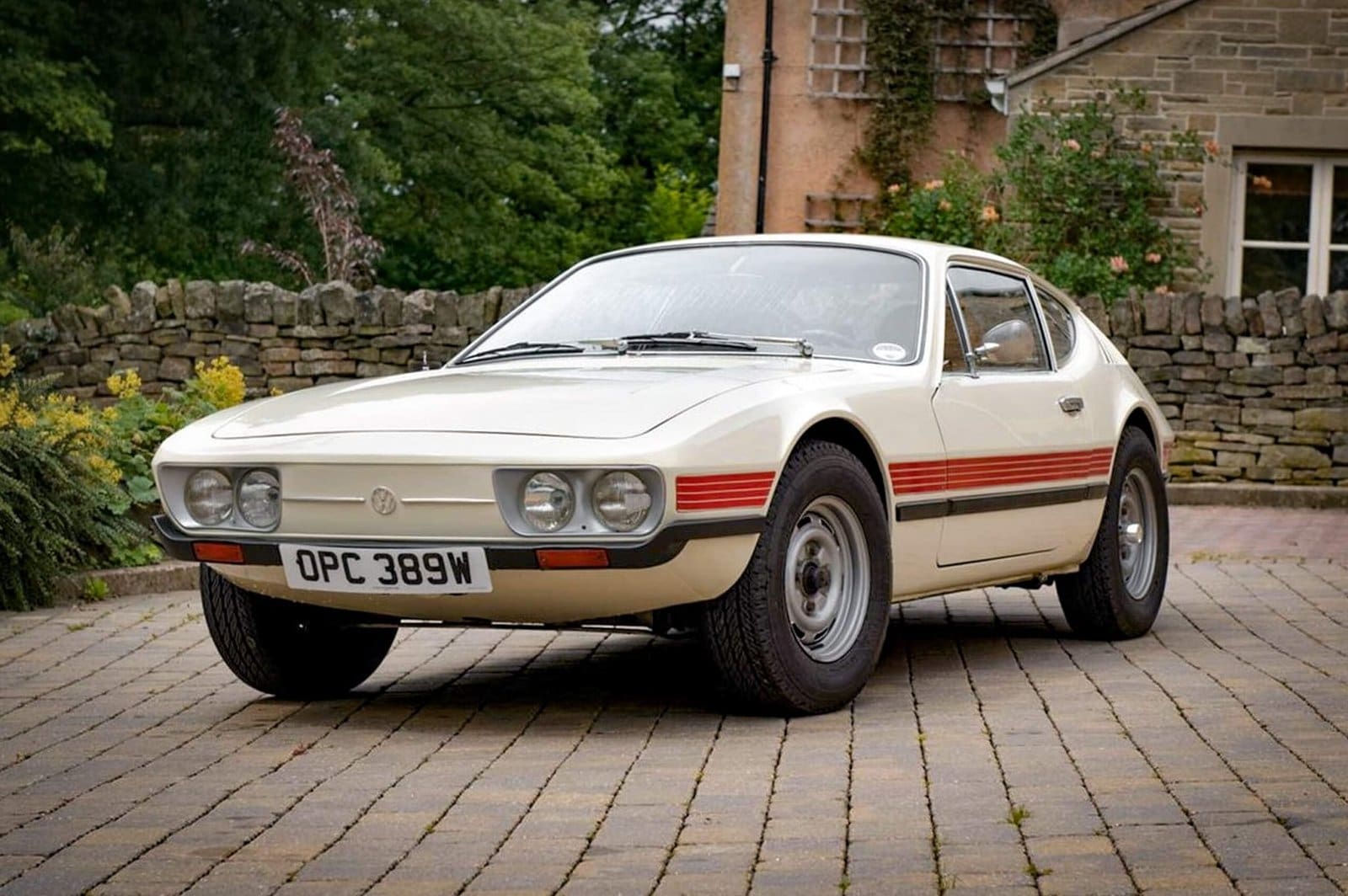When people think of Volkswagen in the 1970s, images of the Beetle and the Kombi usually come to mind—utilitarian icons of mass mobility. Yet hidden within the company’s history is a striking exception: the Volkswagen SP2.
A low-slung, futuristic sports coupé built exclusively in Brazil between 1972 and 1976. Rare, stylish, and now highly collectible, the SP2 is a testament to design ambition under unique circumstances.
Origins in brazil
The SP2 was born out of necessity. In the late 1960s and early 1970s, Brazil enforced strict import restrictions to protect its domestic auto industry. Volkswagen do Brasil, the company’s most successful subsidiary outside Germany, wanted to offer a sports car that could satisfy local demand for something more glamorous than the Beetle or Brasília. The project was led by Rudolf Leiding, then head of VW’s Brazilian operations (and later CEO of Volkswagen worldwide), who encouraged a team of local designers to develop a coupé that was stylish, modern, and proudly Brazilian.
Design and styling
Unveiled in 1972, the SP2 was a revelation. Its body was low, sleek, and elongated, with a long hood, sharply sloping roofline, and wide rear haunches that hinted at European sports cars of the era. Yet it retained Volkswagen’s DNA, built on a modified Type 3 chassis with rear-mounted air-cooled engine. The SP designation stood for São Paulo, the base of its development, and “2” denoted it as the more advanced version, following an earlier prototype, the SP1.
The interior matched the exterior flair: a cockpit-like cabin with round dials, sporty bucket seats, and contemporary trim. For many Brazilians, it represented a level of aspirational design otherwise unavailable due to import restrictions.
Performance
If the SP2 dazzled on looks, its performance was more modest. Powered by a 1.7-litre air-cooled flat-four producing around 75 horsepower, it could reach a top speed of roughly 100 mph. By global standards, this was underwhelming; critics quipped that the “SP” stood for “Sem Potência” (Portuguese for “without power”). Yet within Brazil, where the roads and regulations limited high-performance imports, the SP2 offered a rare taste of sporty motoring wrapped in stunning design.
Cultural impact
Production ran from 1972 to 1976, with only about 10,000 units built, almost entirely for the Brazilian market. Because it was never exported in significant numbers, the SP2 became a local legend rather than a global hit. Today, its rarity has elevated it to cult status among collectors, admired for its design purity and as a symbol of Brazilian automotive creativity under restricted circumstances.
Legacy
The Volkswagen SP2 remains a fascinating chapter in VW history. It was a bold experiment—Brazil’s answer to the sports car dream—crafted within political and economic limits yet visually capable of standing alongside Porsches and Jaguars of its day. Though its performance never matched its looks, the SP2’s enduring allure lies in its rarity, its daring design, and its place as one of the most beautiful cars Volkswagen ever built.















Leave a Reply